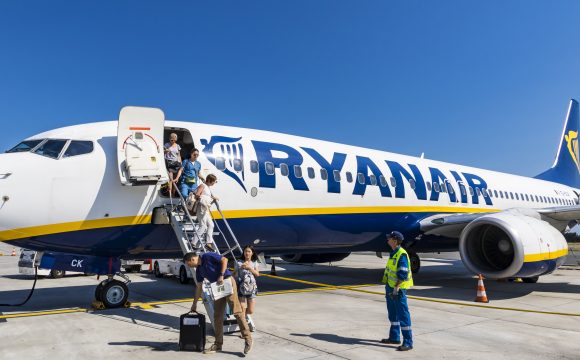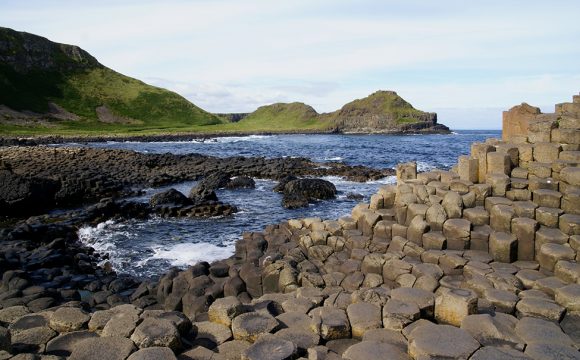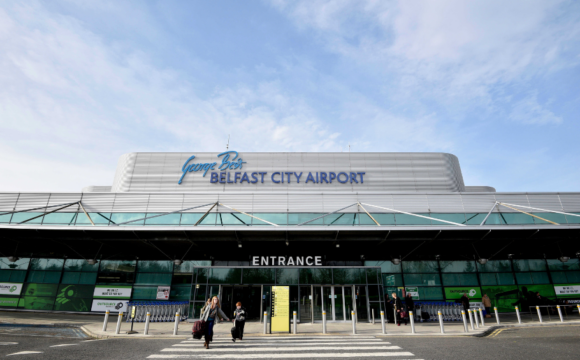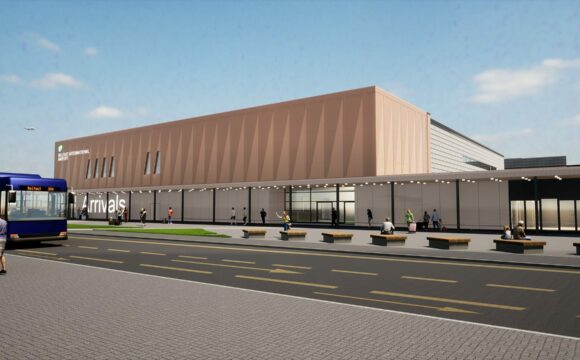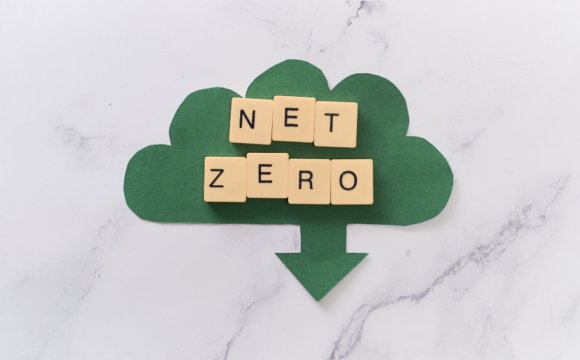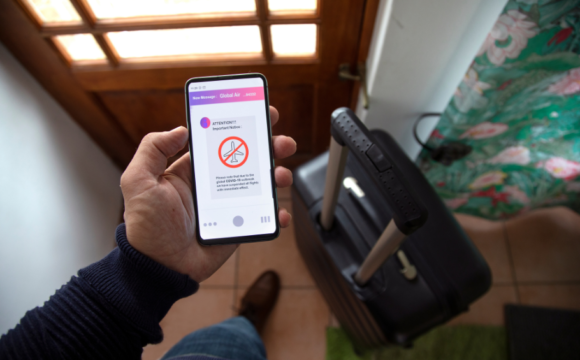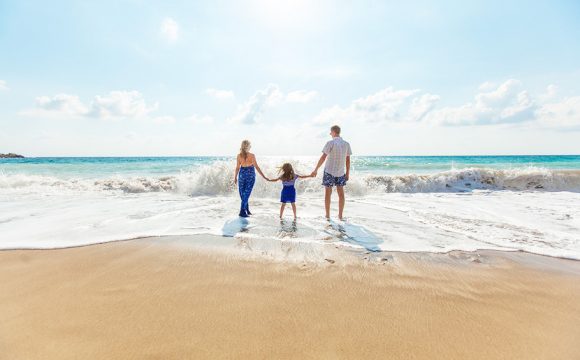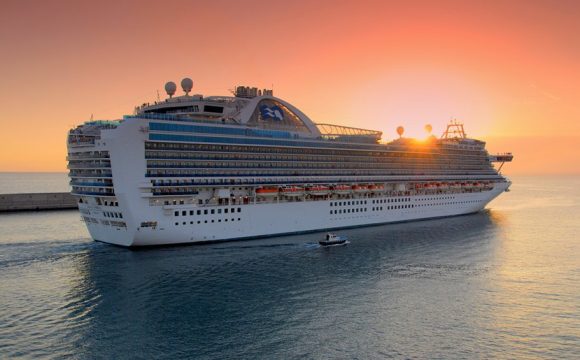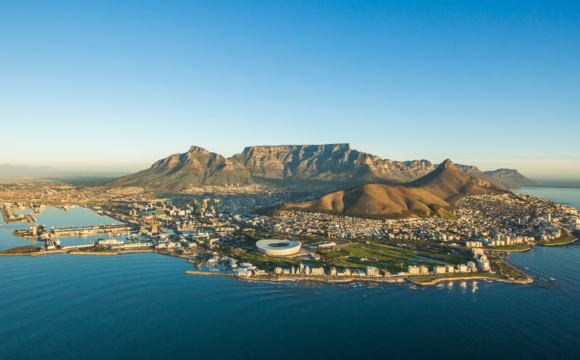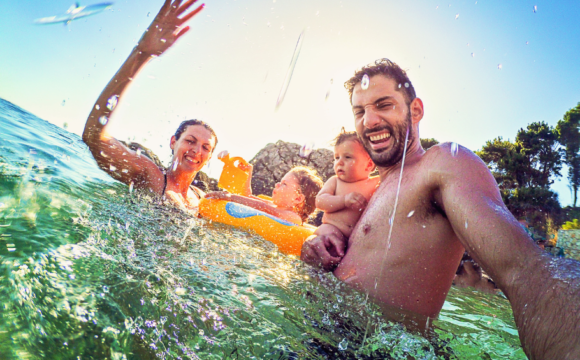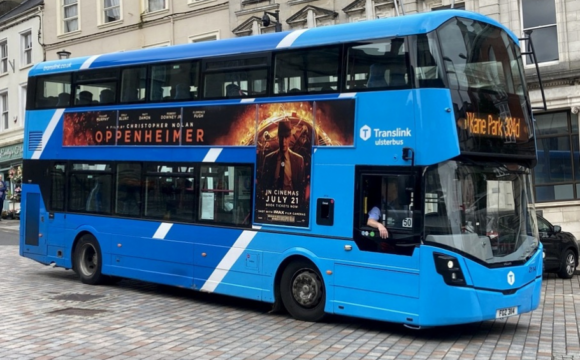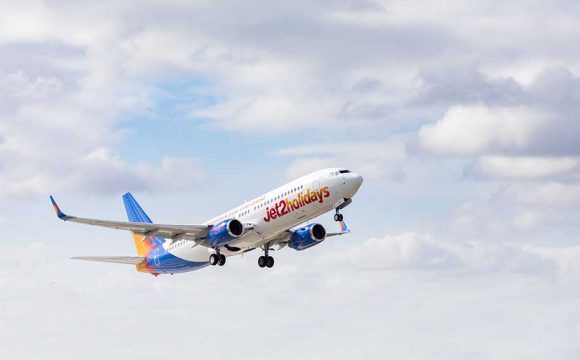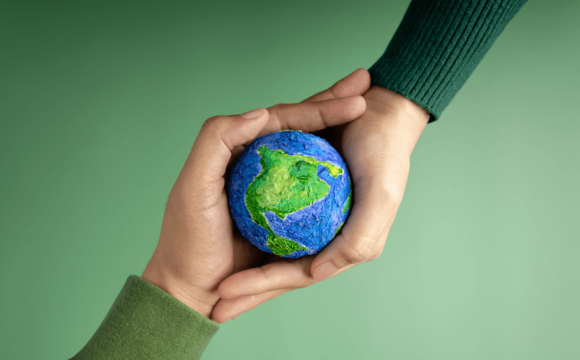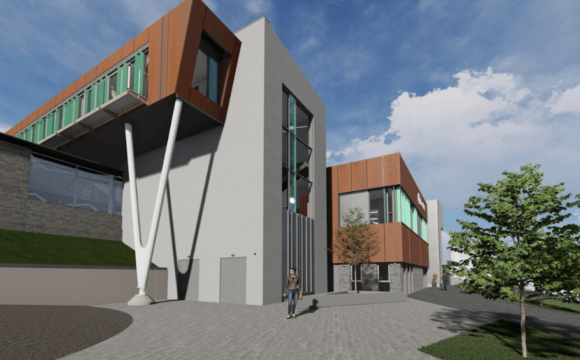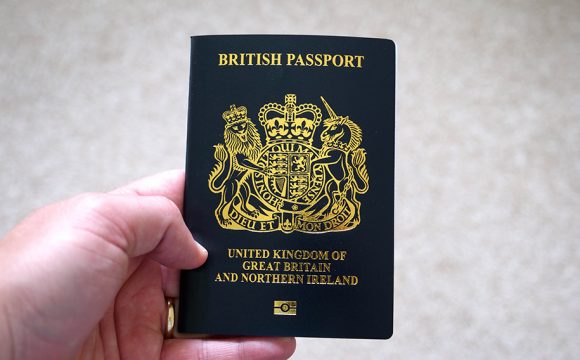With £49.4 billion expected to be spent on holidays this year, WeSwap, the world’s first peer-to-peer currency exchange service, has commissioned research to find exactly how much of our holidays are spent staring at a screen, liking, posting and commenting.
- 20% (6.3 million) people have had their holiday destination influenced by social media (37% of those aged 18-34)
- 18% (5.5 million) people have actually booked a holiday because of content seen on social media (34% of those aged 18-34)
- 23% (6.9 million) agree that travel bloggers and social media influencers inspire their holiday destinations (41% of those aged 18-34)
- 20% (6.3 million) of the nation say the ability to post beautiful images and videos when they are am on holiday influences where they travel to (37% of those aged 18-34)
- 37% (11.5 million) of people want to share beautiful or important holiday experiences online (61% of those aged 18-34)
- 23% (7 million) of people will search potential holiday destinations on social media before visiting (36% of those aged 18-34)
- 16% (5 million) will search hashtags associated with a holiday destination before visiting (31% of those aged 18-34)
- 17% (5.1 million) of holidaymakers trust social media over magazines, television and even Google and TripAdvisor reviews (28% of those aged 18-34)
- 23% (7 million) of people won’t go on holiday without checking in, making sure their followers can see their travels (43% of those aged 18-34)
- 16% (5.1 million) of people said that posting holiday pics online is just as important as the holiday itself (31% of those aged 18-34)
- 15% (4.7 million) wouldn’t choose a holiday destination if they were not able to post on social media while there (29% of those aged 18-34)
Top Social Media Distractions
- 41% of people post on Facebook up to 20 times a day while on holiday.
- 33% of people post on Twitter up to 20 times a day while on holiday.
- 31% of people post on Snapchat up to 20 times a day while on holiday.
- 31% of people post on Instagram up to 20 times a day while on holiday.
- 28% of people post on LinkedIn up to 20 times a day while on holiday.
- 27% of people post on Flickr up to 20 times a day while on holiday.
- 27% of people post on dating apps up to 20 times a day while on holiday.
- 26% of people post on Tumblr up to 20 times a day while on holiday.
Facebook takes the top spot for most use abroad, closely followed by Twitter, Snapchat and Instagram. More than half of all millennials post on Facebook, Twitter and Snapchat up to 20 times a day, confirming the long-held assumption that the younger generation are more attached to their smartphones. Interestingly, a holiday romance is more important to men than women, with men using dating apps on holiday nearly twice as much as women. As for work, it seems that even a holiday does not forgive professional networking, over a quarter of us posting on LinkedIn up to 20 times a day while on holiday.
Destinations such as Lock Bridge and Trolltunga, Norway, have been affected by social media, increasing tourism.
Trolltunga, Norway
There is a precarious cliff edge suspended 700m over a lake in Norway, referred to in English as Troll’s Tongue Rock. Visitors to Trolltunga have increased from 800 to 80,000 between 2010 and 2016 and what was once an undiscovered treasure now sees queues of hundreds for that all-important Instagram snap. Social media has rocketed the location’s popularity in recent years, evidence of how a few pictures can influence both where we go and what we do there.
Iceland
Visitors to Iceland have increased from 566,000 to over 1 million between 2011-2015, according to Iceland’s Tourism Board. Many attribute this increase to the popularity of images of the Aurora Borealis and Blue Lagoon geothermal spa and this social media push was in fact orchestrated by a partnership between Iceland’s tourism board and UK branding agency Brooklyn Brothers. The power of social media in the tourism industry paid off for Iceland. Despite volcanic eruptions and grounded planes, Iceland’s tourism has boomed in recent years.
Pont des Arts, Paris, France
After the popularity of ‘love locks’ grew exponentially, thanks to their prevalence on social media, many of Paris’ pedestrian bridges were covered in padlocks, their keys thrown into the river as a symbolic gesture of love. However, in 2015 parts of the Pont des Arts began to collapse under the weight of so many padlocks, leading to an entirely necessary operation that removed millions of locks from numerous Parisian bridges over the course of a few days.
The Louvre, Paris
There are almost 1 million Instagram posts with the hashtag #monalisa and more than 2.3 million using the hashtag #louvre, something that becomes evident for any visitor to the world-famous Parisian gallery. Visitors will be met with crowds of people facing away from the Mona Lisa in order to get the all-important selfie with the most famous woman in the world.
Pedra do Telegrafo, Brazil
2769 feet off the ground, images are sprawled over Instagram of brave travellers hanging from a cliff edge in Brazil, risking their lives for the sake of an Instagram post. However, all is not as it seems as with some clever angling and camera trickery, travellers are hiding the plateau only a metre beneath.
Olivia, a 22-year-old Teaching Assistant from East Sussex said: “I love going away and, especially when I’m with my friends, we take hundreds of pictures. Before choosing my last holiday, I remember seeing lots of pictures of my favourite travel bloggers at the waterfalls in Croatia’s Krka National Park. I hadn’t really considered Croatia as a holiday destination prior to seeing these images and seeing the great pictures people were taking there definitely influenced my decision to plan a holiday to Split with my friends. Not only did I want to see the waterfalls for myself – they looked so amazing in pictures – but I wanted to get photos of myself and my friends there for my Instagram. I think it’s great that social media has opened up the opportunities for people to travel to beautiful and incredible places. These are places that I wouldn’t have known about and wouldn’t even have thought to research had I not seen images of them online.”
25-year-old Marcus, a Sata Analyst from Surrey said: “My partner and I love going to places that are off the beaten track. When researching our holidays, we find that search engines often display the most popular sights, meaning we might miss a hidden gem. Social media allows us to keep up with travel bloggers that have similar interests to us and get ideas for our next holiday that allow us to have experiences, taste food and see sights that might not have been suggested on our online searches or in travel magazines.”
Mercedes, a 31-year-old Office Manager from London said: “Although I don’t use social media to figure out the destination of my holiday, I definitely turn to Twitter and Instagram for inspiration on what to do when I am there. The community of people online, whether they are travel bloggers or not, allow me to see where the best places to visit on a city break are. For sight-seeing holidays and city breaks, social media is a great source of knowledge. However, if I am going on holiday somewhere relaxing, where I will be sat by the pool all day, I hardly ever reach for my phone except for the obligatory pool-side selfie.”
53-year-old Andrew, a Plumber from Surrey said: “I don’t have accounts on lots of different social networking sites, but I am often on Facebook. It’s great to see my friends posting pictures of their holidays on Facebook and I often ask them about their holidays because of these pictures. Following their recommendation, I booked a holiday to Turkey a few years ago so while I didn’t book directly because of social media, it definitely prompted me to find out more from my friends.”
Chloe Gunning of @wanderlustchloe said: “I’ve had plenty of messages from followers to say they’ve visited somewhere as a result of following my Instagram posts. In the last few months I had a lot of messages about visiting The Hague and Cornwall – two gorgeous destinations that often get overlooked by people venturing further afield. The photos really showed off how pretty they were, and I’ve had lots of messages from people inspired to book trips after seeing my posts.”
Andrew and Emily, the British couple behind the award-winning travel blog Along Dusty Roads said: “We love that people get inspiration for their own travels and base their own trips around our guides and the experiences we talk about on our blog and social media. It helps us to shape the conversation about making people more aware of sustainable tourism and how to travel in a more thoughtful way, for example by not doing certain animal-based activities, considering the impact of over tourism, and reducing plastic usage.
Social media has definitely changed how many of us travel – from where we draw inspiration and how we plan, to the ways we act whilst we’re on the road – but it hasn’t changed the fundamental spirit of adventure and curiosity which makes so many of us want to hit the road. The explosion of popularity in some places based on a single image is a double-edged sword, and plays a key role in the growing issue of overtourism, but there are thankfully many voices in travel using social media to share unique experiences, raise awareness of issues, and to promote ways that we can all travel better beyond the superficial.”
Becky of @theowletblog said: “It has the potential to be good or bad. On one hand it allows you to discover places that you didn’t know existed. On the other, it means hundreds of people traipsing to the exact same spot to take the same photo so you don’t explore & it upsets locals.”


